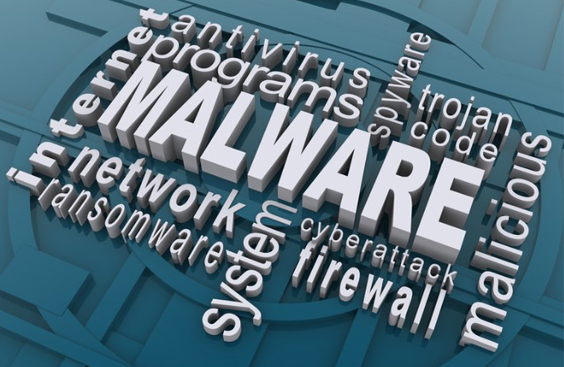Beep: The New 'Invisible' Malware

Beep is the New ‘invisible’ Malware that can download ransomware and other malicious payloads. This is the topic our web agency wants to address for you today, but let’s go step by step.
In the digital age in which we live, the use of computers and mobile devices has become an integral part of our daily lives.
However, the increased reliance on advanced technologies has also led to an increased risk of cyber attacks such as malware.
Malware are dangerous programmes designed to damage computers and mobile devices, steal sensitive data and compromise online security.
For this reason, it is of paramount importance to take the right precautions to avoid catching malware.
We have talked extensively with our web agency about the IT security measures that everyone should take QUI .
For example, it is important to use firewalls to protect your devices, avoid downloading software from untrusted sources, and avoid opening suspicious email attachments. You should also avoid clicking on unknown links or providing personal or financial information to untrusted websites.
However, despite these precautions, the risk of catching malware is never completely eliminated. In fact, cyber criminals continue to develop new methods to infect devices and steal sensitive data.
One of the latest examples of malware to make headlines is Beep, a new type of ‘invisible’ malware
But what exactly is Beep and what are its consequences? Let’s find out together.
Beep is malware that lurks within the firmware of devices, which makes it particularly difficult to detect and remove.
This new malware takes control of the infected device,

allowing cyber criminals to steal sensitive data such as passwords, credit card numbers and personal information.
According to computer security experts, Beep was developed by a hacker group known as ‘Maze’, which uses the malware to attack companies and steal sensitive data.
The New Malware is usually spread through infected files, email attachments and suspicious links. Once the device is infected, Beep lurks inside the firmware, which makes it resistant to normal Malware removal procedures.
The consequences of Beep can be very serious, as cyber criminals can access sensitive data and compromise the security of individual users and companies.
How does the New Malware Beep work?
First, the malware is installed on a computer through a user action, such as clicking on a fraudulent link or downloading an infected file. Once installed, Beep starts communicating with cybercriminal servers to download additional malicious payloads, such as ransomware or spyware.
Once Beep has downloaded these payloads, the infected system is completely compromised and attackers have full control of the system.
This can result in sensitive data being stolen, the system being blocked by ransomware, or the infected computer being used as part of a botnet for future attacks.
How to protect your devices from the new Beep malware
Since Beep is particularly difficult to detect and remove, prevention is the key to protecting your devices.
Here are some precautions you can take to protect your devices from Beep and other ‘invisible’ malware:
– Use an up-to-date firewall. A firewall is a security system that is used to monitor and control incoming and outgoing network traffic according to predefined security rules. It acts as a barrier between a trusted network and an untrusted network, such as the Internet, to prevent unauthorised access and protect against malicious attacks.
– Avoid downloading software from untrusted sources and opening suspicious email attachments.
– Avoid clicking on unknown links or providing personal or financial information to untrustworthy websites.
– Regularly update the device’s firmware and operating system, as updates often include security patches that protect the device from cyber attacks.
– Back up data regularly and test recovery processes periodically to ensure that they are ready in the event of a malware attack. Of the dangers you run if you don’t set up a proper backup strategy.

The New Beep Malware: Conclusions
In conclusion, Malware Beep poses a significant threat to computer security and requires a quick and effective response from companies and individuals.
Protection through the firewall,
Monitoring network traffic and implementing robust security policies are just some of the measures that can be taken to protect your systems from the risks associated with this advanced malware.
However, if you are concerned about the security of your devices and corporate network, do not hesitate to contact our web agency for professional and personalised assistance.
Our team of cyber security experts can help you protect your network and devices from any type of cyber threat.
Contact us today for more information

